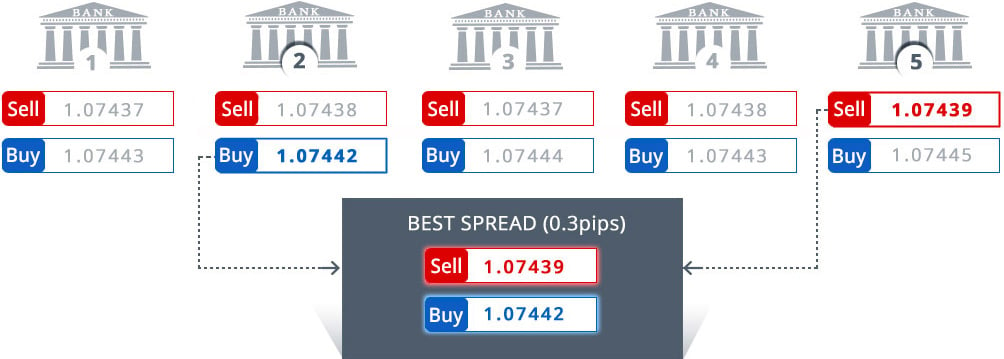Hi Dennis,
First, thanks for being a client of FXCM all these years! I’m glad you have found our SSI indicator to be useful. 
While the nature of FXCM’s settlement with the US regulators prohibits me from commenting on the specifics, I want you to know we continue to stand by the quality of our trade execution in general and our No Dealing Desk (NDD) forex pricing in particular.
Consider what happened on January 15, 2015 with the SNB flash crash:
The majority of retail forex traders were long EUR/CHF when the Swiss National Bank made their surprise announcement to abandon the 1.2000 exchange rate floor they had established for the pair. Had FXCM been on the other side of client trades, we would have made money when EUR/CHF dropped and retail traders took massive losses on their long positions.
The moved wiped out those clients’ account equity as well as generated negative equity balances owed to FXCM of over $225 million. The caveat of our NDD model is that traders are offset one for one with a liquidity provider. When a client entered a EUR/CHF trade with FXCM, FXCM Inc. had an identical trade with our liquidity providers. During the historic move, liquidity became extremely scarce and shallow, which affected execution prices. This liquidity issue resulted in some clients having a negative balance.
While clients using NDD forex execution did not cover their margin call with us we still had to cover the same margin call with our liquidity providers. As a result, FXCM ended with a regulatory capital shortfall. Accordingly, FXCM needed to get a loan to cover this balance, which we did. For anyone that still thinks FXCM is running an FX dealing desk on our NDD model, the SNB event demonstrated that is not the case.
How does our NDD model work?
FXCM uses 16 liquidity providers to create a best bid best offer price stream for clients. LPs selected to price retail clients are forced to adhere to an extremely high standard of execution beyond just price including consistently low rejection rates, low latency, minimum quote sizes and high fill ratios even during market events.

We discuss in our UK execution study the criteria we use to rank our liquidity providers which you can see listed in question 13 of the FAQ. FXCM’s liquidity providers are ranked based on compliance to these standards which we identify as providing the best customer experience possible. Being a top ranked liquidity provider is important. Liquidity providers with the best pricing according to these rules may gain an advantage over other liquidity providers which could result in a large increase in orders captured. Poorly performing liquidity providers are ranked lower for order flow and ultimately could be removed from our platform until they return to compliance.
Also, the results of this study show FXCM UK retail client order prices to be better for FX than futures prices (74.97% of the time) and interbank prices(91.56% of the time).*
[I]* The study does not in away way attempt to represent that FXCM maintains a particular capacity or performance level. The figures in this study are provided for information purposes only, and are not intended for trading purposes or advice. FXCM is not liable for any information errors, incompleteness, or delays, or for any actions taken in reliance on information contained herein. Past results are not indicative of future performance.
Material Assumptions
FXCM’s Retail Clients are defined as individual, joint, and corporate accounts trading on our retail price stream.
The comparison to each of the Futures and Interbank data is made at the time that the FXCM client order is executed. Normal market slippage and slippage due to rejections by liquidity providers are already included by the time the FXCM client order is executed. However, there is an assumption that there is no slippage on the Futures or Interbank market data.
In order to maintain consistency, Futures Market data and Interbank data used the same acceptable ranges in market trades. The summary of findings is based on the assumption that the maximum acceptable difference between the FXCM price and the Interbank/Futures market price is 5 pips in either direction.
Fees that a participant would pay on the Futures or Interbank market, such as CME Exchange Fees, NFA Fees, FCM Fees, Clearing Fees, and other commissions, were excluded from the study. Similarly, FXCM Commissions are excluded from the study.[/I]


